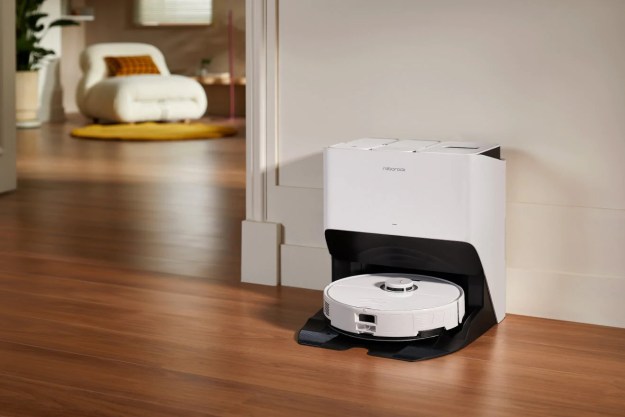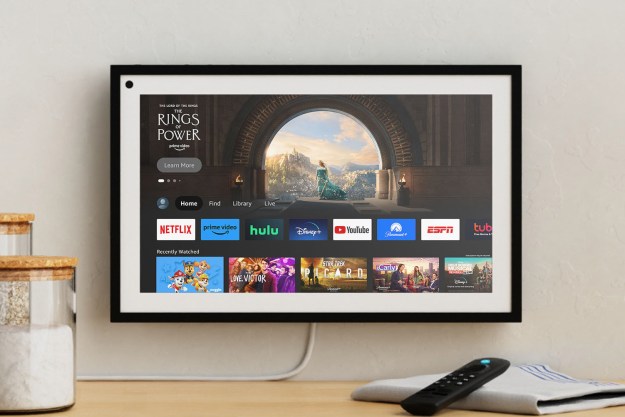Homeowners interested in professionally installed home security systems and monitoring services will find two names mentioned frequently: The long-time security brand ADT, and the smart security company Vivint. There’s a lot to unpack for both these systems, what they cost, and how they’re used: Let’s dive in and explore the most important details to see which adds up to the best choice.
Pricing
We’ll start with pricing, one of the more important factors when comparing similar home security systems like Vivint and ADT. Both have individual device costs for each unit you add to your system, and both highly encourage homeowners to get a quote for more accurate details. Device-to-device cost comparisons appear to be similar, but both companies are opaque when it comes to all the models they offer and their costs: They really want you to rely on a representative coming to your house and discussing your needs first.

ADT offers three base security packages that homeowners can add on to: Secure Home, Smart Home, and Video & Smart Home. However, ADT doesn’t list any specific prices for these packages, but other packages on their site start at $599 and go up to over $1,400. Vivint doesn’t offer packages, but says the average security system costs around $2,400 — which can be rolled into monthly payments if desired. That’s extremely high compared to a DIY home security system, but it’s designed to take the work and decisions out of the owner’s hands.
Let’s not forget about the installation fees. Both companies require professional installation. (ADT’s DIY Blue line is a completely separate offering.) ADT installation costs start at $100 but can go up to $200 depending on the device you pick. Vivint is significantly less expensive — the company charges a flat $49 fee no matter what devices you end up choosing.
Finally, let’s look at contracts. ADT requires a contract for at least a year when you sign up for service. That contract is essentially a leasing arrangement, so you don’t actually own any of the smart devices you are buying. Vivint doesn’t use contracts like these, which allows for more flexible planning, and you own your devices outright instead of leasing them.
Monitoring services (and more pricing)
Both ADT and Vivint’s security systems are designed with built-in monitoring services, for which you pay a monthly fee to have professional monitoring service that gets alerts, examines problems, and contacts the authorities.
ADT’s monitoring is the more expensive option, starting at $39 per month and rising up to $63 for basic smart home routines and video storage support. Vivint plans start at $20 per month for monitoring and is the significantly less expensive subscription.

Security options
ADT’s security options include door sensors or “entryway contacts,” motion detectors to set up at key access points, and camera options for both indoor and outdoor security cameras as well as a video doorbell.
Vivint’s security options include door and window sensors, motion sensors, and glass break sensors. It also offers indoor and outdoor security cameras, along with a video doorbell.
When it comes to security devices, both brands have similar offerings, and there are not any significant differences in features or capabilities. So this category is a draw. General smart devices, however, are a different story…
Smart devices

ADT’s smart device offerings are limited. There is a smoke detector option, leak sensors, smart locks, a garage controller, and a variety of smart plugs — but that’s about it. The system is compatible with products like Google Nest and Amazon Echo, which can add voice control support. ADT does offer a panic button that you can install anywhere in the home, an option that may be hard to find otherwise.
Vivint is generally a better choice for the full smart home. The company offers smart locks, smoke detectors, leak sensors, garage door controls, smart lighting, a smart thermostat, and a “Car Guard” device for monitoring your vehicle. The system is also compatible with Google Assistant, Alexa, and Nest/Echo devices.
Controlling, arming, and alerts
At first glance, controlling security systems looks similar for both ADT and Vivint. Both brands include a smart display to mount on the wall, a mobile app for alerts, check feeds, and make changes, and a website login to adjust the settings.
However, Vivint’s controls all sync with each other no matter what you want to do. You can get any alert and change any settings on any device, allowing you to choose your favorite method (we’re fans of smart apps, but everyone has a preference).
ADT’s controls share some settings, but other features are limited to only the security hub, app, or website. That means you may have to jump around between all three depending on if you want to arm your system, create smart home routines, or tweak device settings — which makes for an awkward experience and steeper learning curve.
Conclusion: Vivint is the better option for modern homeowners
Vivint’s lower costs, better selection of smart devices, lack of locked-in contracts, and friendlier security management options all make it the superior choice for a professionally installed security system.
However, if you want to save money on a security system, both options are poor choices. You would be much better offer choosing a DIY security system and putting it together yourself, with or without monitoring as you please. Vivint and ADT are for homeowners who want a hands-off approach and don’t mind paying for it.
Editors' Recommendations
- Roborock S8 MaxV Ultra vs. Narwal Freo X Ultra: Which is the best premium robot vacuum?
- Blink Mini 2 vs. Ring Stick Up Cam Pro: Which is the best security camera?
- Roborock S8 MaxV Ultra vs. Roborock S8 Pro Ultra: Which is the best robot vacuum?
- Blink Mini 2 vs. Nest Cam (Indoor): Which is the better affordable security camera?
- Blink Mini 2 vs. Blink Mini: Is Amazon’s new security camera a worthy upgrade?



